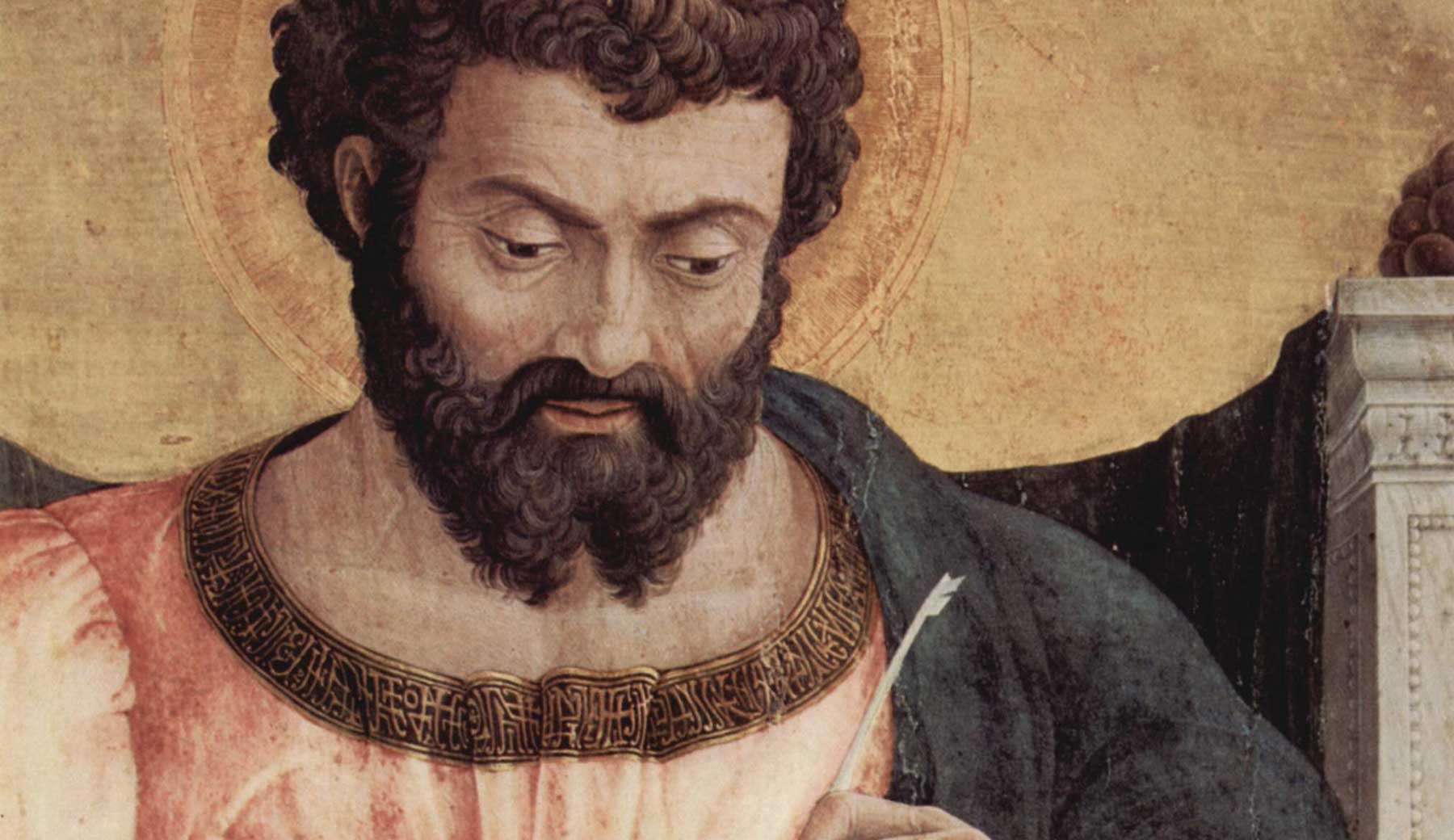Saint Luke’s body was first buried in Greece, then moved to Constantinople and then to Italy. They have been sealed in a marble sarcophagus for more than 400 years. But, do these relics really belong to Saint Luke? DNA tests support the claim of historians and anthropologists that remains housed in Padua likely belong to Saint Luke.
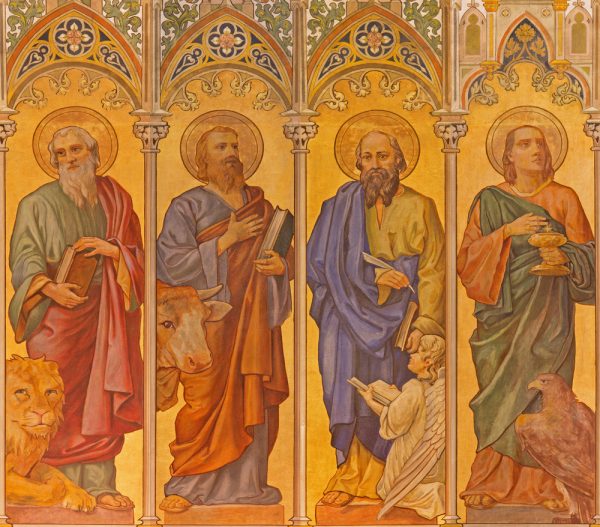
Who was Luke the Evangelist?
Mark, Matthew, Luke and John – they are the four Evangelists, the traditional ascribed authors of the four gospels, our only source of information on Jesus. Aside from the third gospel, the writings of the Acts of Apostles are also attributed to Saint Luke.
Saint Luke is the patron saint of artists, physicians, surgeons, students and butchers. He was a Greek physician who lived in the city of Antioch, an ancient city in the Roman province of Syria, which is now Antakya, Turkey. He died at the age of 84 years around AD 150 in Thebes, the capital of Boeotia, Greece.
What happened to the remains of Saint Luke?
According to historical records, Saint Luke’s remains were moved from Thebes to Constantinople in AD 338 during the reign of Emperor Constantius. They were placed in the Church of Holy Apostles along with the relics of Saint Andrew.
The Church of Holy Apostles was later damaged by fire, but the coffins remained unharmed. When the Emperor Justinian rebuilt the church in AD 527, a shrine was erected around Saint Luke’s tomb.
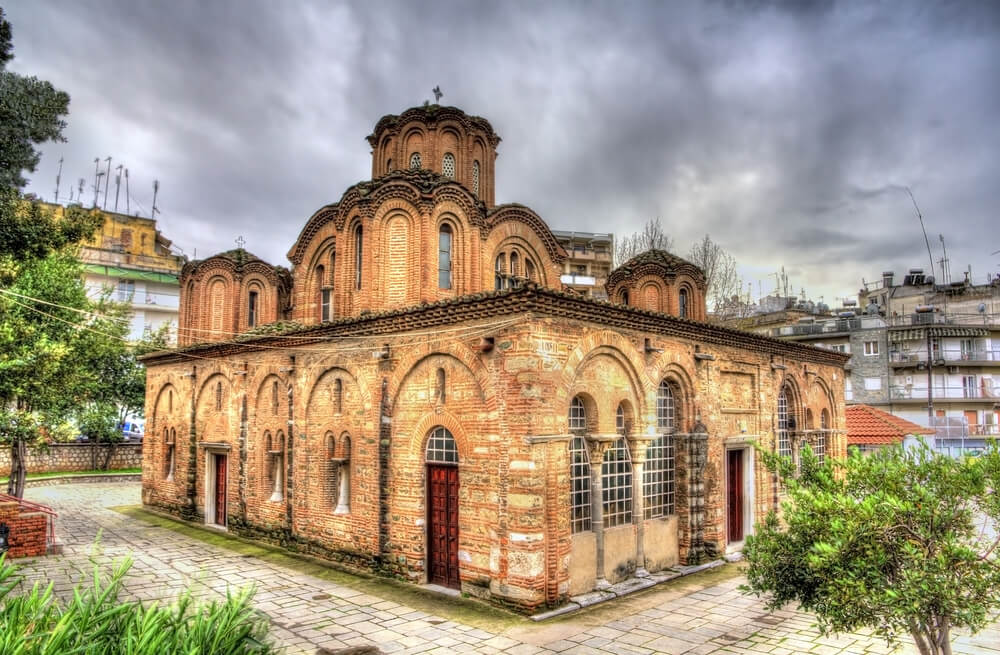
Then, sometime before AD 1177, the leaden coffin bearing the images of three calves’ heads (Saint Luke’s symbol being a winged ox or a bull – figure of sacrifice, service and strength) was transferred a second time, from Constantinople to its current resting place within a marble sarcophagus in Pauda, Italy.
The exact time of this move and the reasons behind it are still up for debate. The coffin was last opened in 1562 and stayed undisturbed for more than 400 years. Until a request was made by a Greek Orthodox Church from Thebes for a fragment of the relics. They wanted to place it in the empty sepulchre of Saint Luke in Thebes.
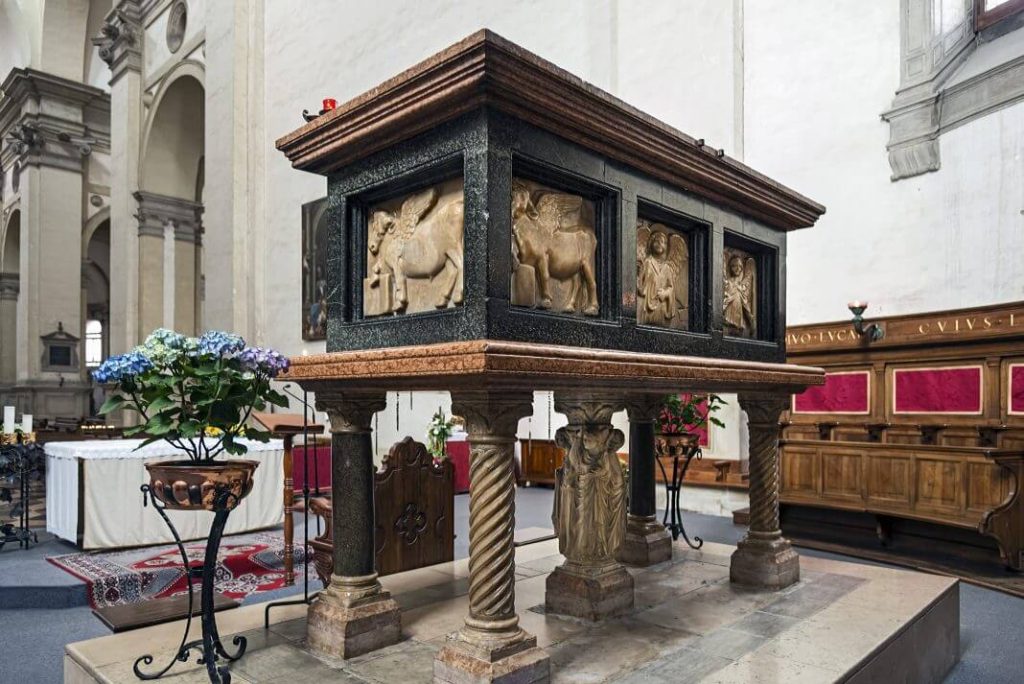
Authenticating ancient relics
Historians have long questioned the identity of the body attributed to Saint Luke. They have especially wondered whether the remains may have been switched in Greece or Turkey. Delving more into the history also revealed that the skull from the skeleton in Padua was removed in 1354 by order of the Roman Emperor Charles IV, and moved to Prague.
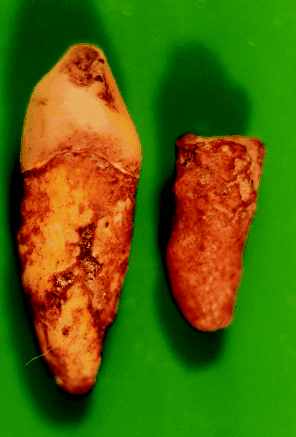
In 1998, a committee opened the marble sarcophagus in Padua that was said to contain the skeleton of Saint Luke. The sarcophagus contained a leaden coffin whose size fits into the empty tomb attributed to Saint Luke’s in Thebes. In the coffin was the skeleton (minus the skull) of a male between the age of 70-85 and two loose teeth. There were also various other objects, including coins dating from 229.
Radiocarbon dating indicated the skeleton belonged to someone who had died between AD 72 and 416 BC. Furthermore, the skeleton and teeth anatomically matched to the skull in Prague that was said to belong to Saint Luke.
Confirming the identity of the remains with DNA tests
So far, all evidence suggested that the remains were indeed authentic. But scientists wanted further confirm its identity by proving that the skeleton belonged to a Syrian male (the location of Saint Luke’s birthplace).
Anthropologists compared the DNA samples from the skeleton to modern DNA samples from people of Syria, Turkey and Greece. Mitochondrial DNA (mtDNA) is often the DNA of choice for analyzing ancient remains, due to its high copy number (hundreds per cell), rapid evolution rate and strict maternal inheritance.
Three regions of the mtDNA can be analyzed – HVR1, HVR2 and the coding region. In this study, researchers sequenced the HVR1 region and a single marker (marker 7028) from the coding region of the mtDNA extracted from the tooth sample. This profile was compared to HVR1 profiles of people from Syria, Greece and Turkey.
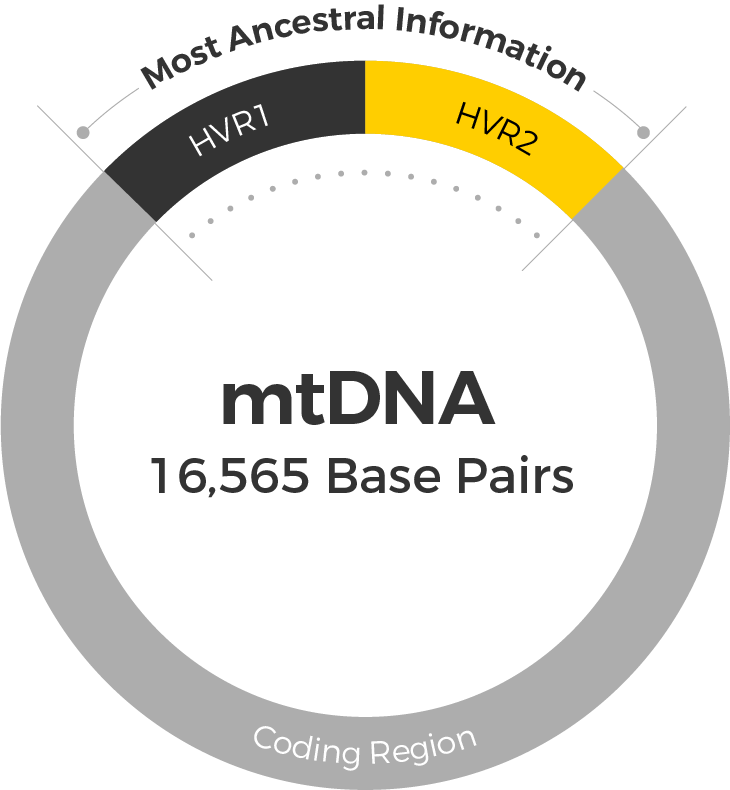
Possible Syrian origin
The mtDNA profile of the skeleton matched to individuals from Syria three times greater than the match to individuals from Greece. This rejected the hypotheses that the body was swapped before the move or belonged to an unnamed Greek.
The probability that the body belonged to a Turkish person was only slightly lower than the match to people from Syria. So it’s still possible that the remains were swapped in Constantinople (modern day Turkey).
However, the closest match to Syrian people indicates that the body is most likely of Syrian origin. Since Syria was the original birthplace of Saint Luke, this dispels the theories that the body was replaced at some point in history. Of course, it’s still possible the body belongs to a Syrian other than Saint Luke. Unfortunately, science cannot confirm or refute this possibility.
Compare your DNA against Saint Luke
Both historians and anthropologists agree that the skeleton in Padua is indeed the remains of Saint Luke. And now a part of Saint Luke (the rib closest to his heart) has been returned to his original resting place in Thebes.
The DNA tests from this study have defined the mtDNA HVR1 region maternal line profile of Luke the Evangelist. If you have taken the DNA Maternal Ancestry Test, you can compare your DNA against Luke the Evangelist to see if you may have descended from the same maternal lineage.


